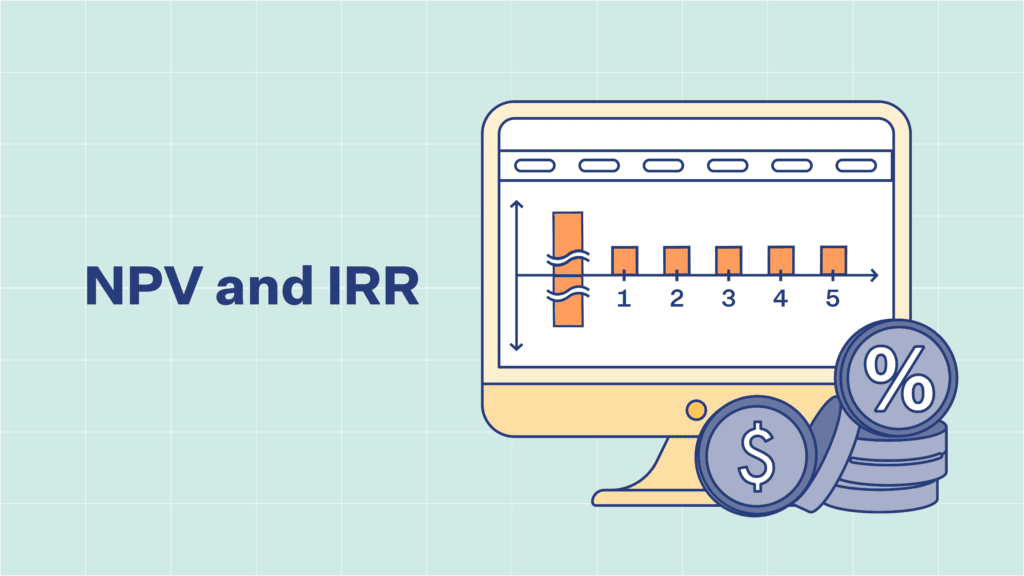When it comes to project financing, terms like DSCR, DSRA, LLCR, and PLCR are vital components of debt covenants, which play a crucial role in determining a company’s financial health and stability.
In this blog, we will break down these terms and understand their importance in the business world.
Debt Service Coverage Ratio (DSCR): DSCR is a financial ratio that measures a company’s ability to cover its debt obligations with its operating income/EBITDA. It tells us whether a business has enough operating income to pay off its debt obligation (both interest and principal).
The formula for DSCR is: to divide the company’s operating income/EBITDA by its total debt service (principal and interest payments).
A DSCR above 1 indicates that the company generates enough income to meet its debt obligations comfortably.
Debt Service Reserve Account (DSRA): DSRA is essentially a cash reserve set aside by the borrower to ensure the availability of funds to service debt obligations during challenging times. Lenders often require borrowers to maintain DSRA to eliminate the risk of default.
In infrastructure projects, lenders typically require a reserve account equal to 6 to 12 month’s worth of debt service obligation depending on the sector (Rail, Road, Port, Power etc.) and the borrower’s credibility.
Loan Life Coverage Ratio (LLCR): LLCR is another important metric used by lenders to assess a borrower’s ability to meet its debt obligations over the entire term of the loan. It takes into account the company’s projected cash flows and compares them to the total debt outstanding.
A higher LLCR indicates a lower risk of default, providing confidence to lenders and potentially leading to better loan terms for the borrower.
Project Life Coverage Ratio (PLCR): PLCR is similar to LLCR but focuses specifically on the cash flows generated by a particular project rather than the entire business. It evaluates whether the cash flows from the project are sufficient to cover the associated debt obligations.
This ratio helps lenders gauge the viability and sustainability of a project, influencing their lending decisions accordingly.
Since we understand what these covenants are, now we delve into why these metrics are important.
- These Debt covenants are critical for both borrowers and lenders. For borrowers, maintaining these ratios above the threshold demonstrates financial stability and increases their credibility in the eyes of lenders. It also ensures that the business can sustain its operations without being overwhelmed by debt repayments.
- On the other hand, lenders use these metrics to assess the risk associated with lending money to a particular borrower or financing a specific project. By analyzing these ratios, lenders can make informed decisions regarding loan approval, interest rates, and other terms and conditions.
- Understanding and monitoring these debt covenants is essential for any business looking to secure financing or manage existing debt effectively. By staying compliant with these ratios, businesses can not only access financing at favorable terms but also mitigate the risk of financial distress.
To help you navigate these complexities, we’ve created a free template that simplifies the calculation of DSCR, DSRA, LLCR, and PLCR. You can download it from Download Link and start managing your debt covenants with ease.











